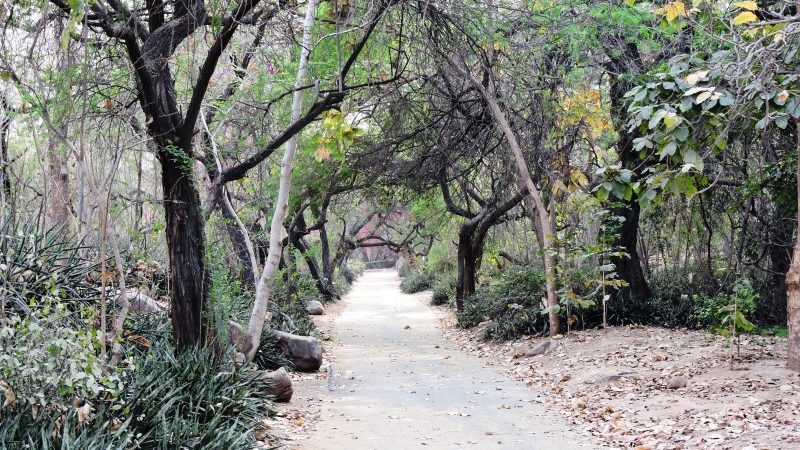Inclusive Beauty
Something about beauty, which is perfection, always touches, moves and inspires people. Judging by the responses to the blog I seem to have done that. I truly appreciate you all, who make that extra effort to share with me how you feel. That is my inspiration to write every week. Thank you.
Continuing on the theme of beauty and perfection, in one of my recent works I realized that slums in mega cities–considered as blotch on the city landscape–are located in ecologically sensitive areas, sea coasts river floodplain, along ponds, forests etc. In Delhi too, they are located, to the best of my knowledge, in ecologically sensitive areas. These slums tend to be in river basins like Yamuna and Ganga, or hill slopes and foot hills of the ‘Ridge’ with minor forest lands etc.
These ecologically sensitive habitats got included within the ‘developed’ city as the city grew. Planning authorities expanded ‘urban’ boundaries to include them within city limits. Truth be told, ecologically sensitive areas are excluded in the Master Plan from future formal planning, growth and development of the city. The intention in declaring these areas beyond formal planning is to protect and conserve the fauna and flora, before the city growth destroys the natural habitat that once thrived here.
Also, when a city expands and prospers migration from rural areas increases. Very often these ecologically sensitive areas are ‘informally controlled’ and therefore cheap to occupy and be ‘encroached’ upon especially by first generation migrants. When there are distress migrations due to droughts or floods, families relocated to urban areas have no place to return to. They build their houses on these lands for there is a possibility of some livelihood, subsistence labour or even begging and access to drinking water.
The women in these first generation migrants are familiar with using natural resources from nature–free food, fodder, housing and fuel needs. Especially if they have young children and not a very regular source of income, women find this access to natural resources, a boon. Therefore natural resource degradation of the ecologically sensitive areas is inevitable.
Over time these relatively clean ecological spaces get polluted or degrades due to population pressure and economic and industrial growth of the city. This reduces any access, to clean environmental resources that these urban poor women and children may have enjoyed, in the past.



